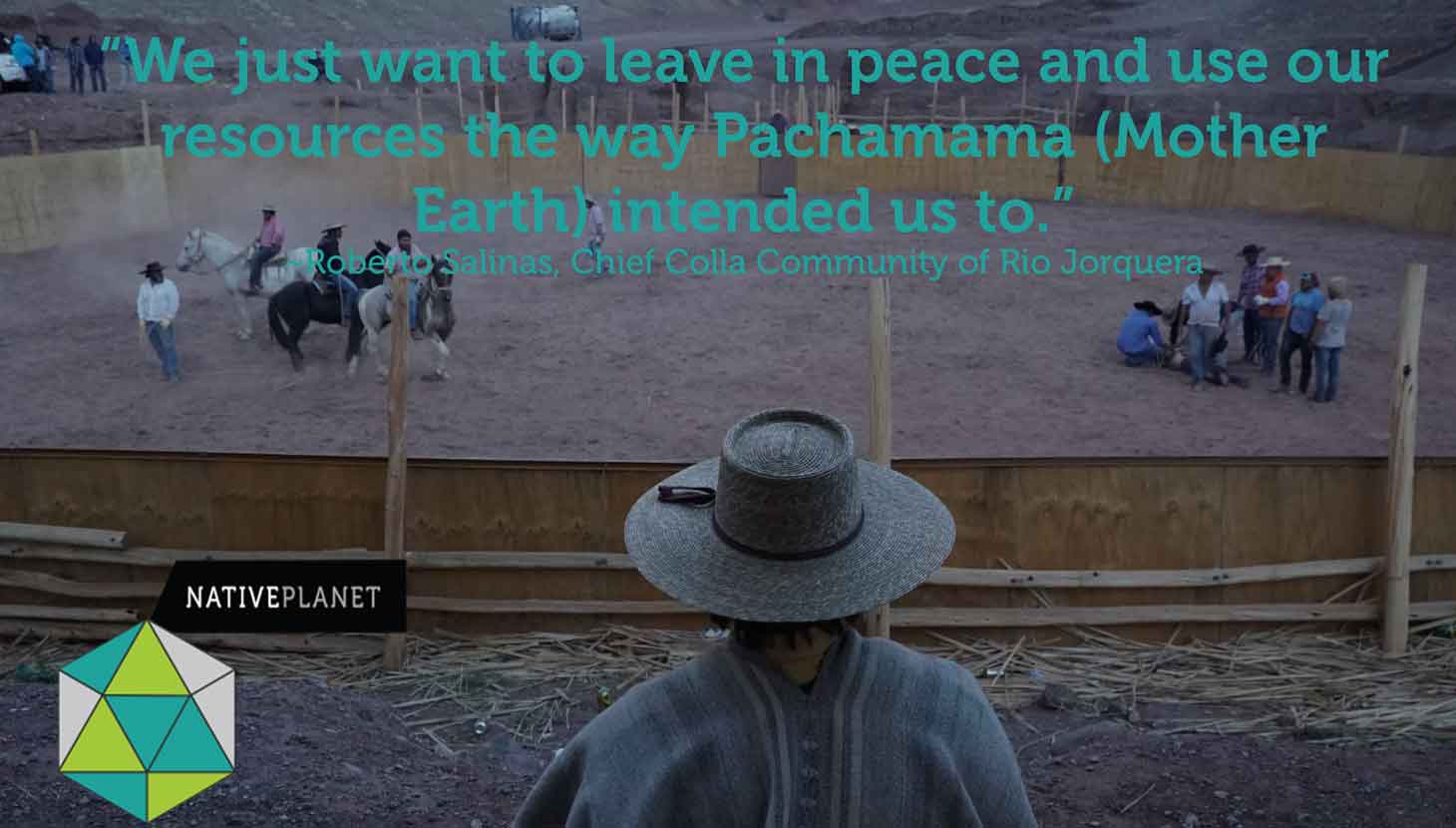


Before the Incas came to inhabit the land along the Andes in the 15th century, the Colla people had for countless generations made the Atacama Desert of Chile and Argentina their home. Over the centuries, the Colla people slowly migrated into emerging cities and towns however, their historical subsistence lifestyle – herding livestock and micro mining in the high mountain plains of the Andes continues through today.
We were here before the Spanish, we were here before the Incas. We have plants, we have animals, and without water we could not plant or tend to our animals. But the state gives favor to the mining companies, gives them permission over the resources without asking us, the ancestral community.
The Colla community of Rio Jorquera today maintains their traditions in their ancestral territory at the headwaters of the Jorquera river, about a four-hour car ride up the Andes from Copiapo. But today their continued way of life and culture is slowly eroding due to the continued influence of mining occurring throughout their territory.
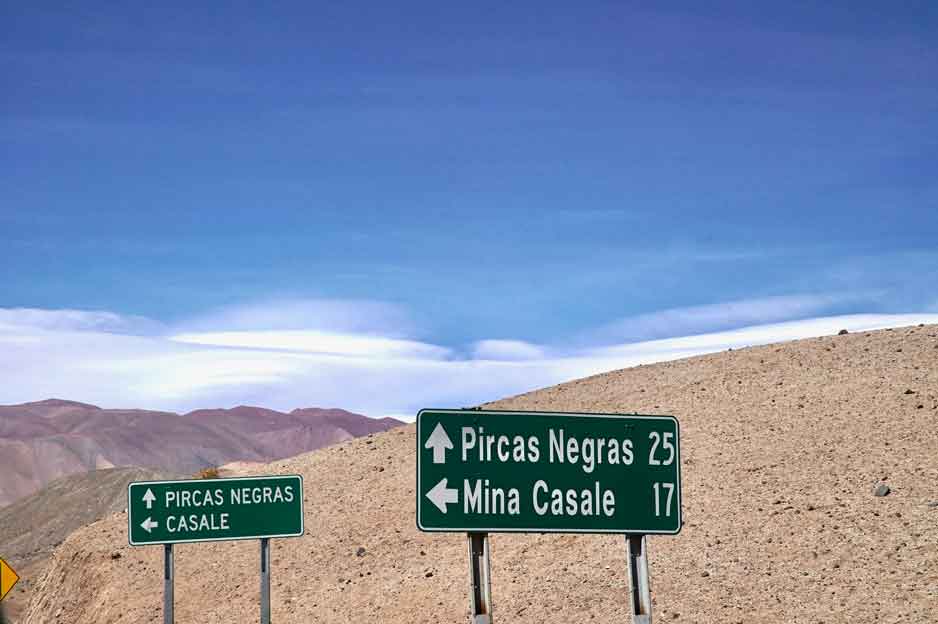
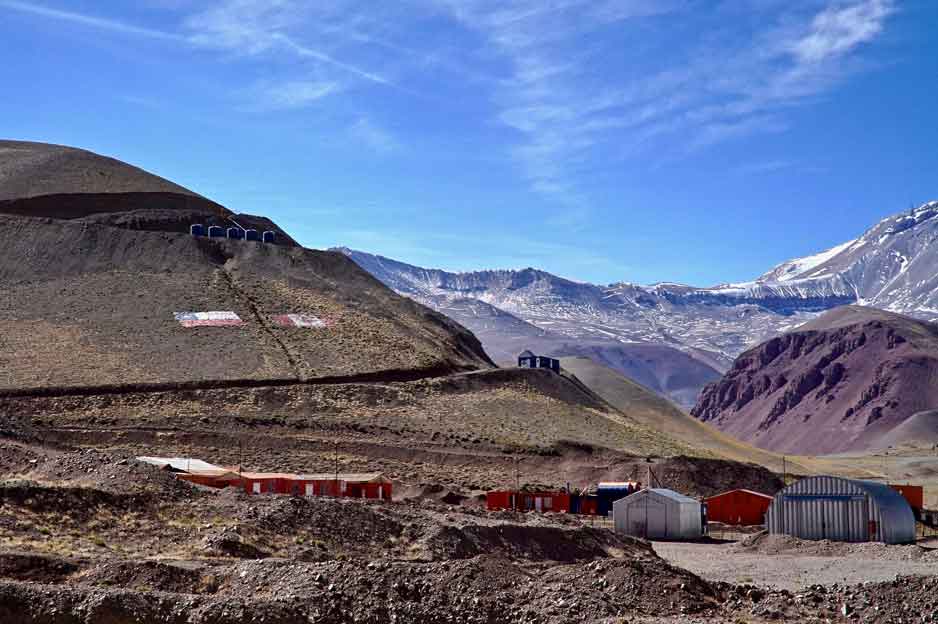
Cerro Casale.
Now, a new and much more significant threat to their survival comes from the massive Cerro Casale project, a joint Canadian Chilean mega-mining venture that seeks to exploit the minerals in the gold belt of Marikunga, a resource rich vein of gold and silver that runs below traditional Colla territory. Cerro Casale is being developed directly adjacent to their ‘Wakas’, sacred rock glaciers that give birth to the rivers that are the Colla’s only source of water in this arid, desolate and inhospitable terrain.
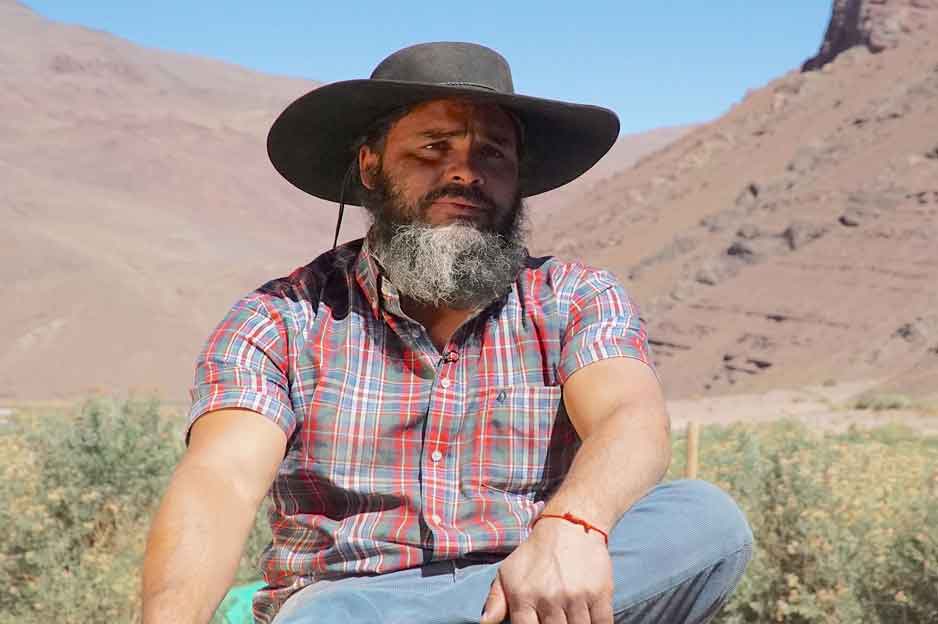
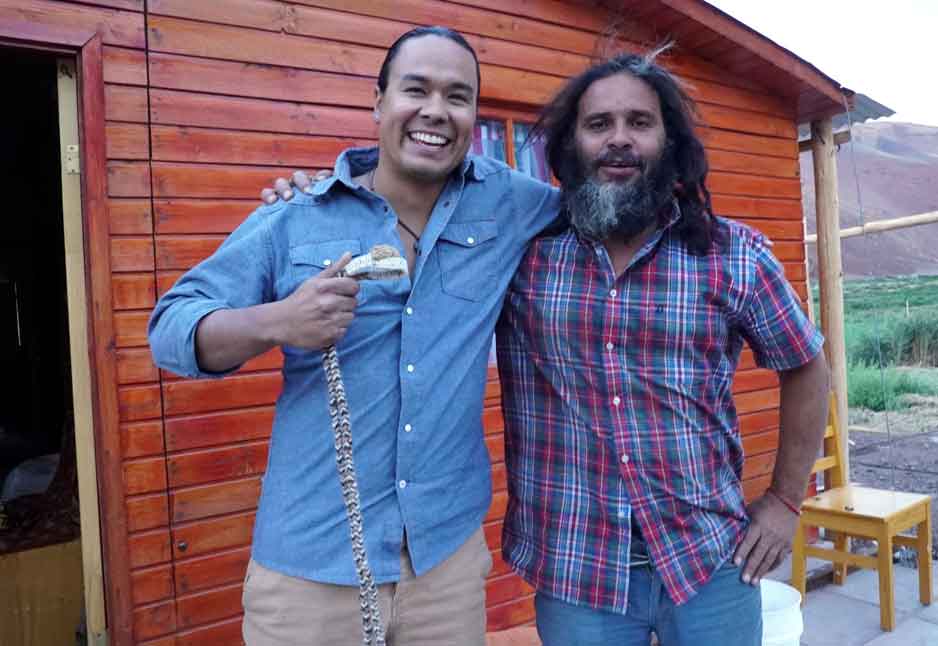
Chief Roberto Salinas.
For Chief Roberto Salinas and the Colla community of Rio Jorquera, their opposition to Cerro Casale is not simply about water, it’s about the very survival of their people and culture. On the invitation of Chief Roberto Salinas and the Council for the Colla community of Rio Jorquera, I am being brought to their traditional territory by one of the Colla families living outside of Copiapo. To welcome Native Planet to their community, the Colla are hosting a gathering and feast for us so I am honored to be their special guest.
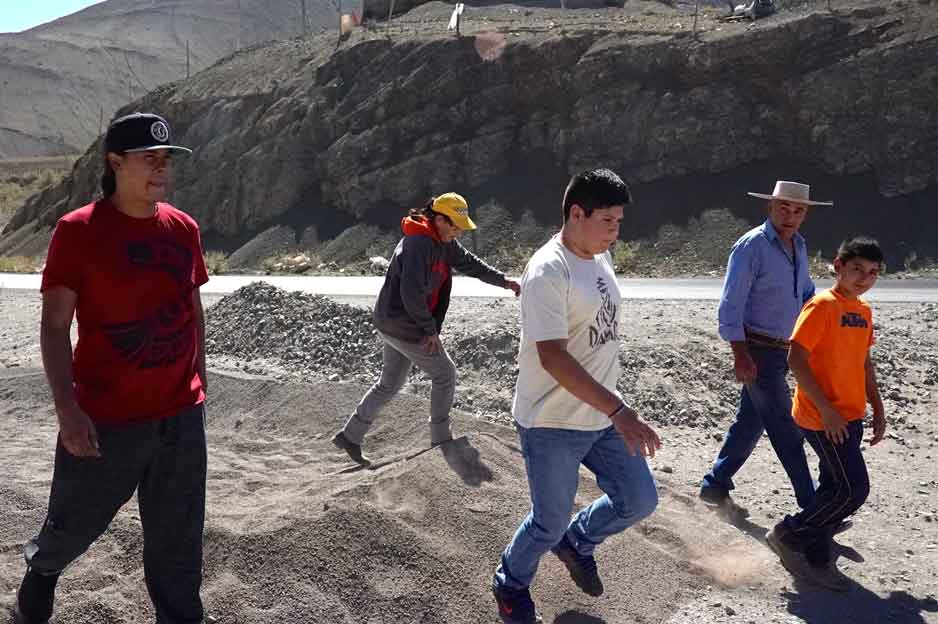
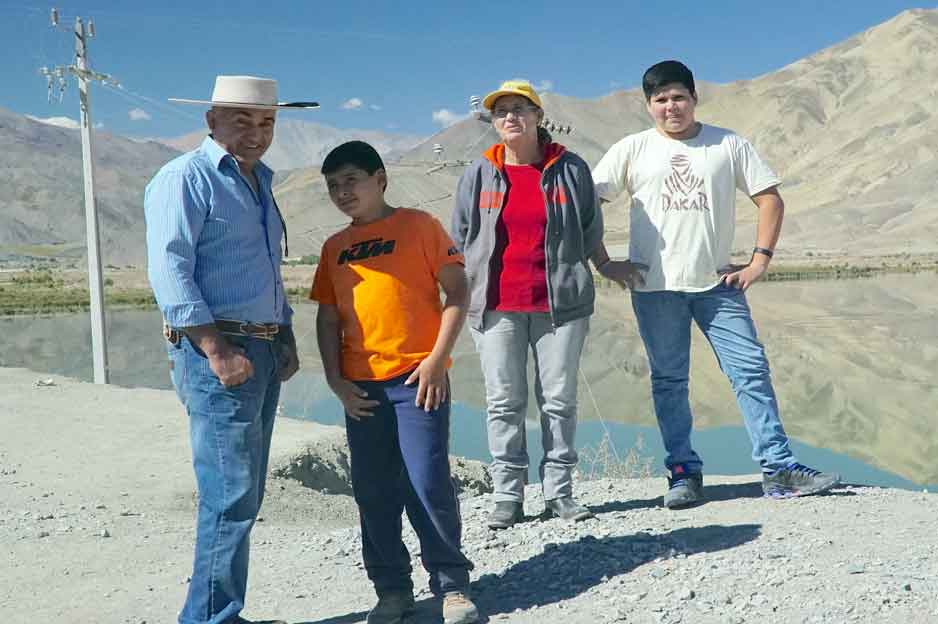
En route to the Colla Community of Rio Jorquera.
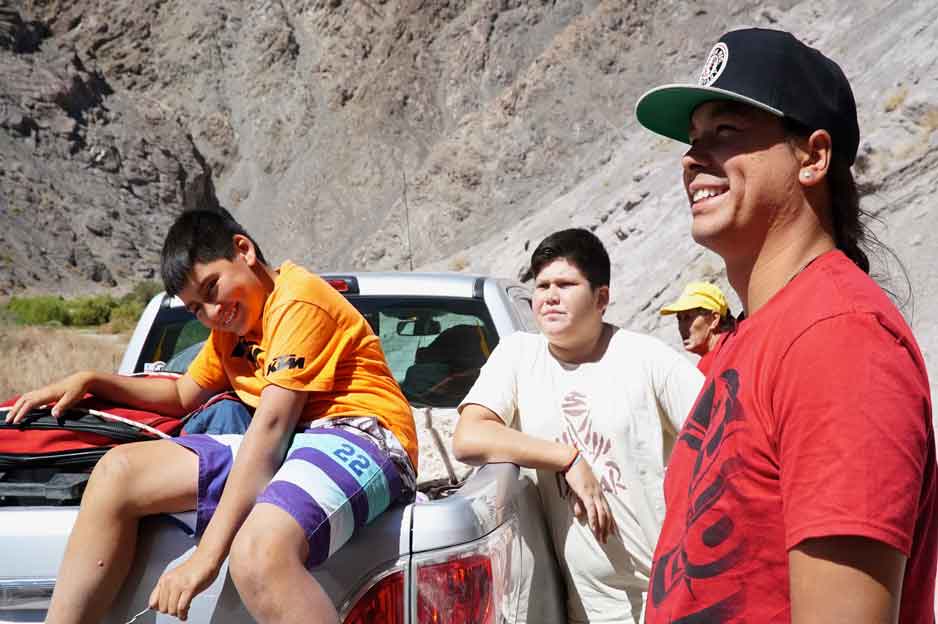
At over 3000 meters above sea level, a core group of Colla families continue to live on their territory year round, herding their cattle along seasonal grazing areas and earning them the distinction as ‘the last nomads of the Andes’.
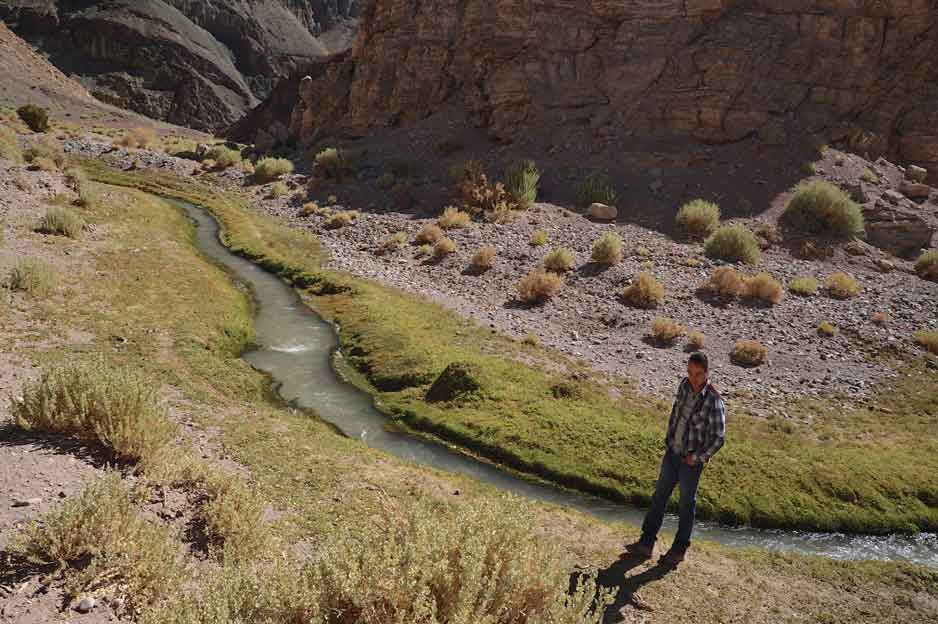
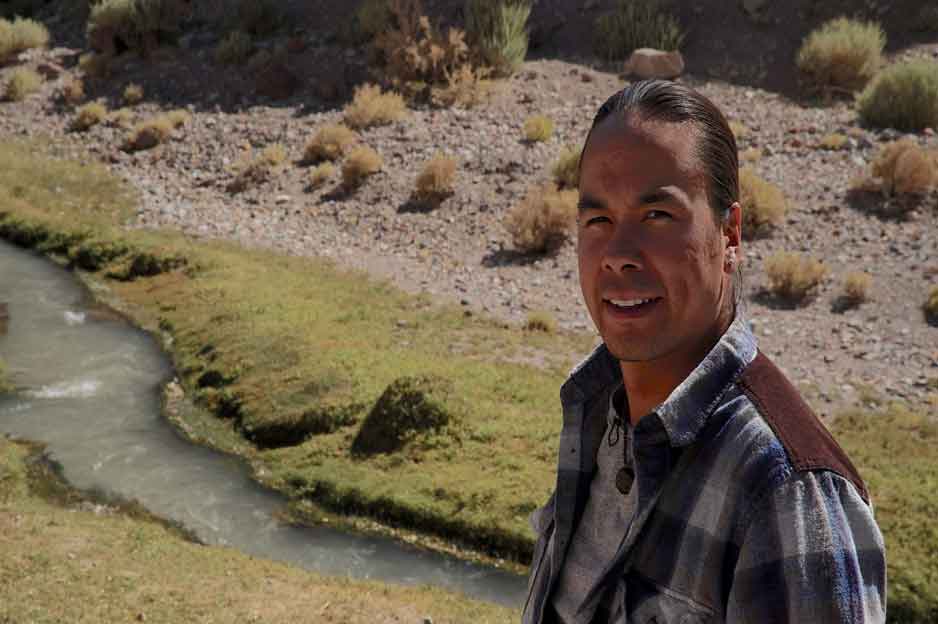
The Rio Jorquera.
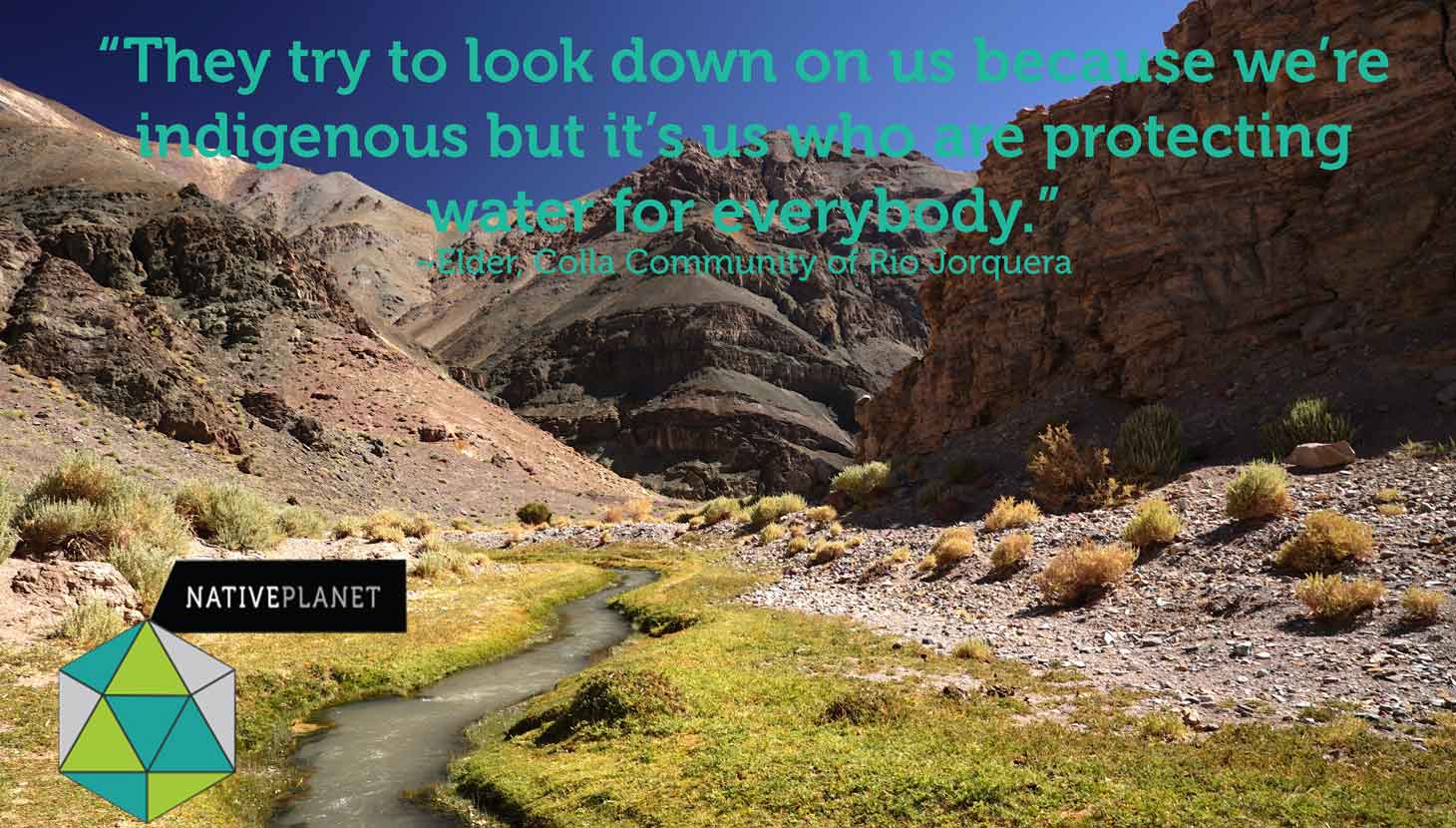
Chief Roberto’s brother, ‘Che Che’, is a former Chief of the Colla Community of Rio Jorquera and the current Councilor responsible for land and water on the Colla territory. Like Roberto, Che Che grew up on their land and raised his young family with their culture and traditions, in seasonal homes their family has built and maintained for centuries. With his intimate knowledge of every corner of their environment, Che Che and his son Benjamin have offered to take me on a tour of their territory so I can see how the Casales mine will affect their way of life.
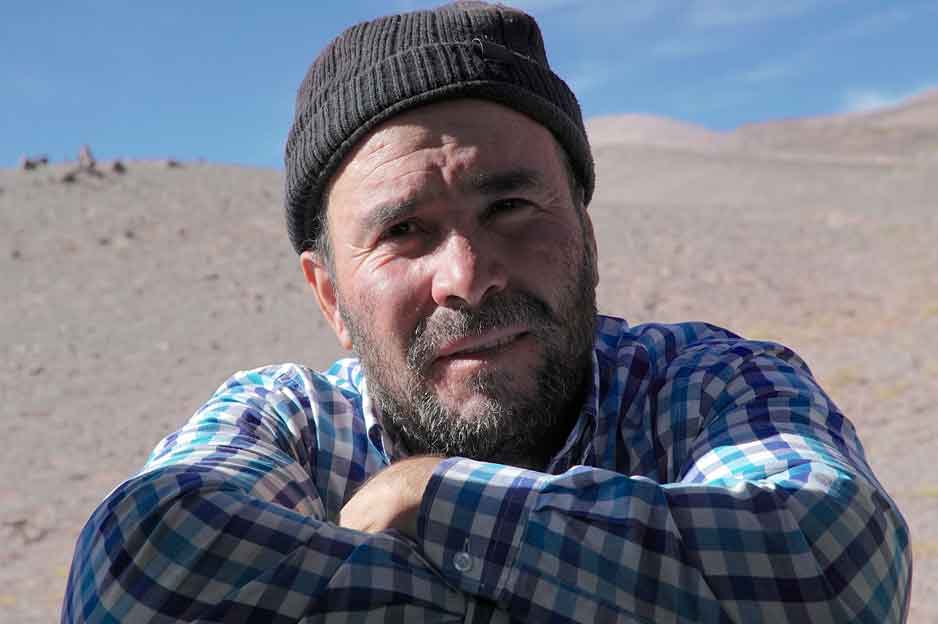
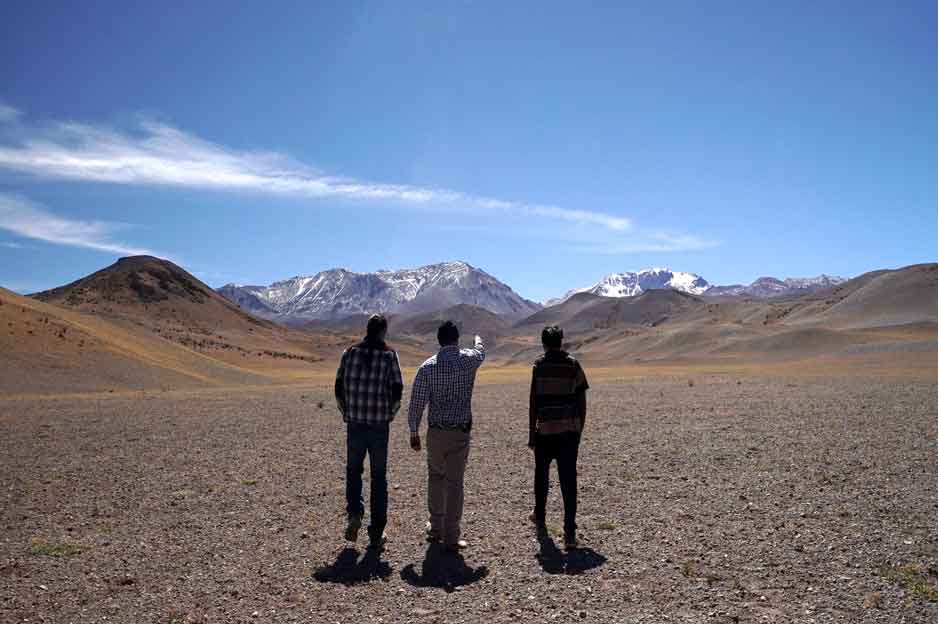
Chief Roberto’s brother, ‘Che Che’.
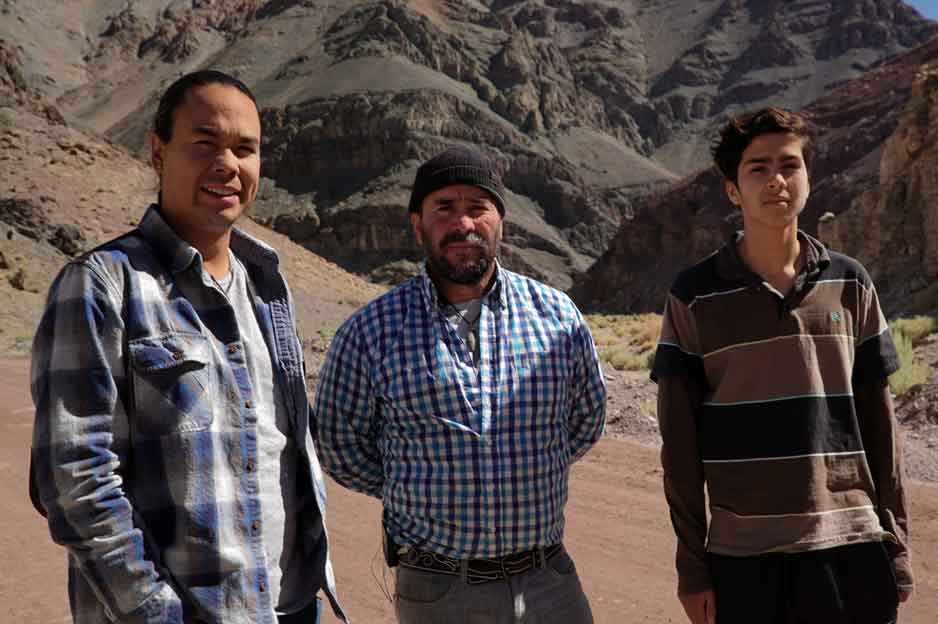
At this altitude, daylight is in short supply and with the expanse of territory we need to cover, our day begins early. Che Che is picking me up at Rosa’s truck stop. Rosa is a proud Colla woman who makes her living providing food and lodging to the truckers that ply these high mountain roads. On behalf of the Colla Community of Rio Jorquera, Rosa has kindly offered to host Native Planet during our time in Colla territory.
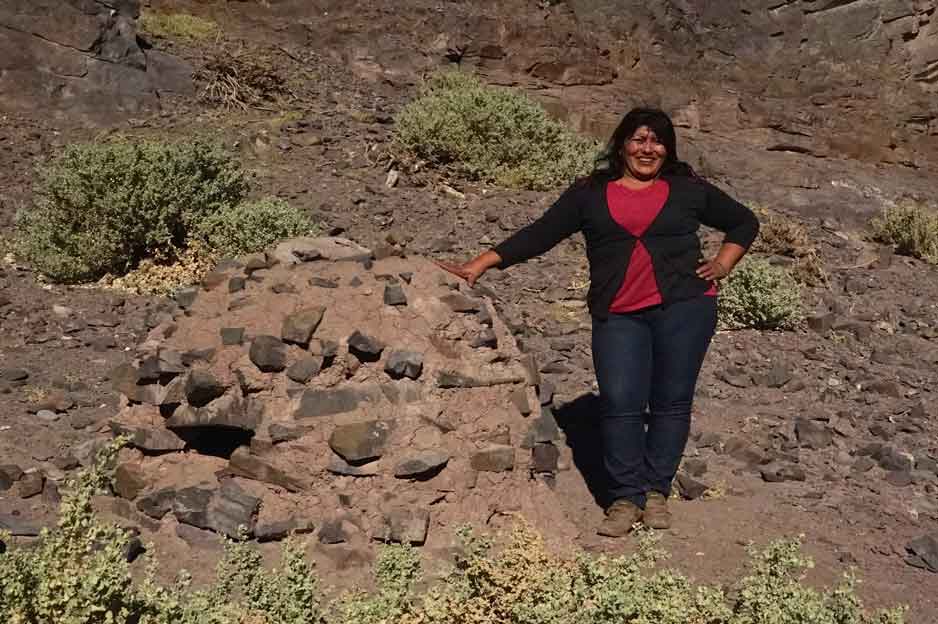
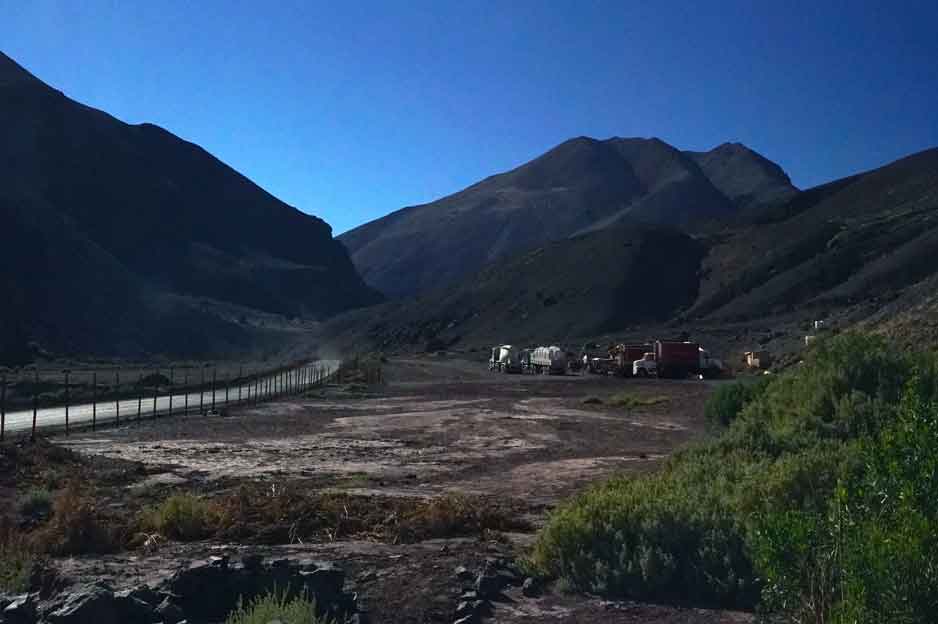
Our host Rosa at her truck stop.
The mine is located at the headwaters of the rivers, right where the glaciers are, at the heart of the mountain. That’s where the gold is.
Now that I understand the footprint that Cerro Casale will have upon the Colla community of Rio Jorquera, Che Che is taking me to meet their spiritual leader, Manuel Velasquez Cruz, and the young man they are grooming to become the next Chief of the Colla community of Rio Jorquera. Juan Villegas Rojas is a youth leader and the best horseman in the community. At a rodeo they held to welcome us onto their territory, I watched as Juan broke a wild horse without a saddle; truly impressive!
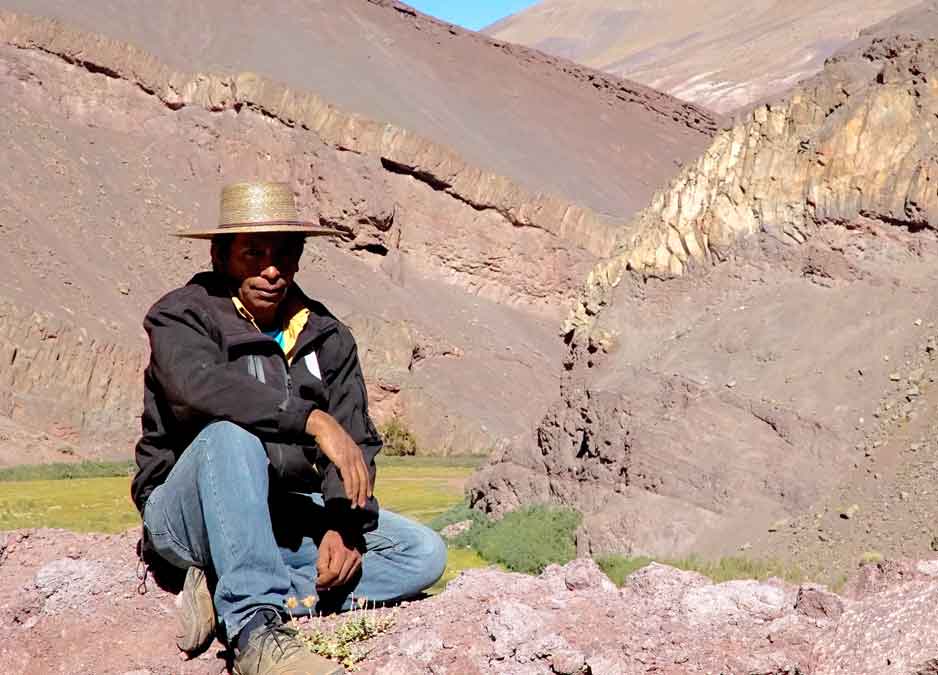
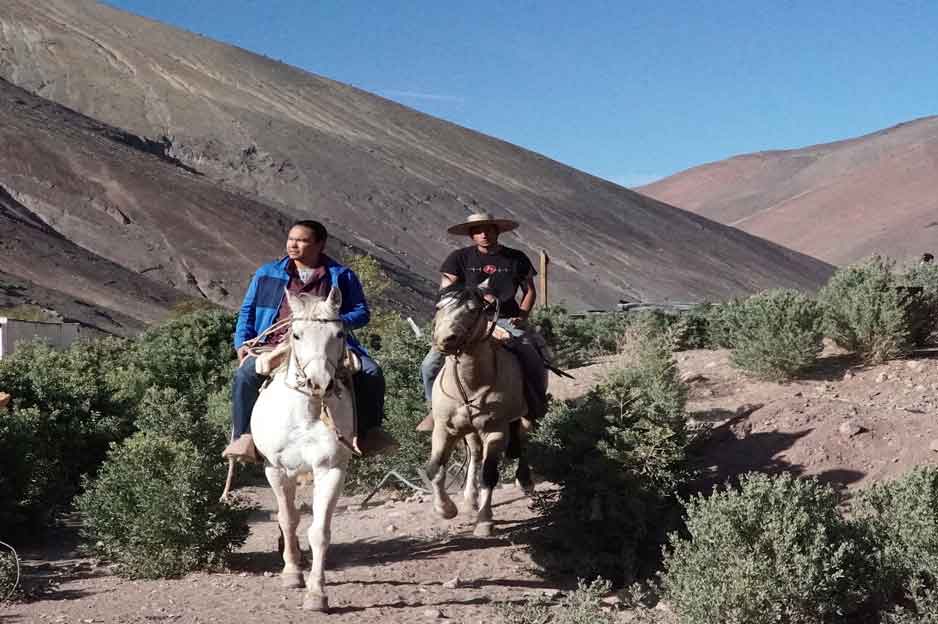
Manuel Cruz and Juan Rojas.
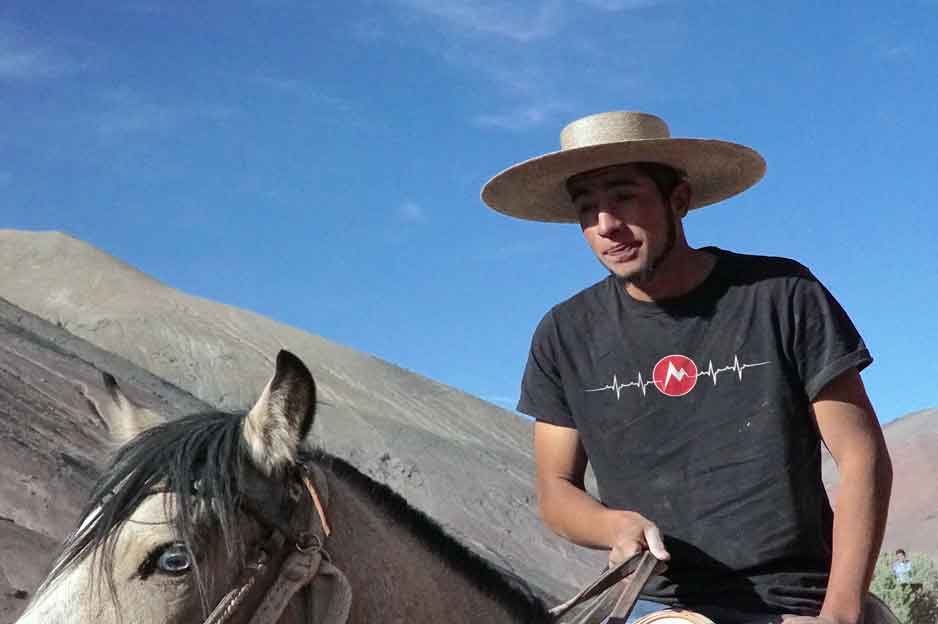
I went to Casales, we had a meeting and I explained to them: ‘This mountain has water. When you begin exploiting (the mountain), what will you do with the water?’ And they tell me that they’re studying the subject! Well, it’s a lie and they know so that’s our fear.

Before we leave the Colla territory and begin our journey down the mountain back towards Copiapo, Che Che wants me to see how mining takes much more from their community than their water. I am deeply honored that the Colla people have so heartily welcomed us onto their territory and had the courage and conviction to share their story with Native Planet.
The most important is that people know that we’re here, that we live here. It’s us who are protecting the water for everybody, the water that goes to the city. That’s why it matters to preserve our culture.